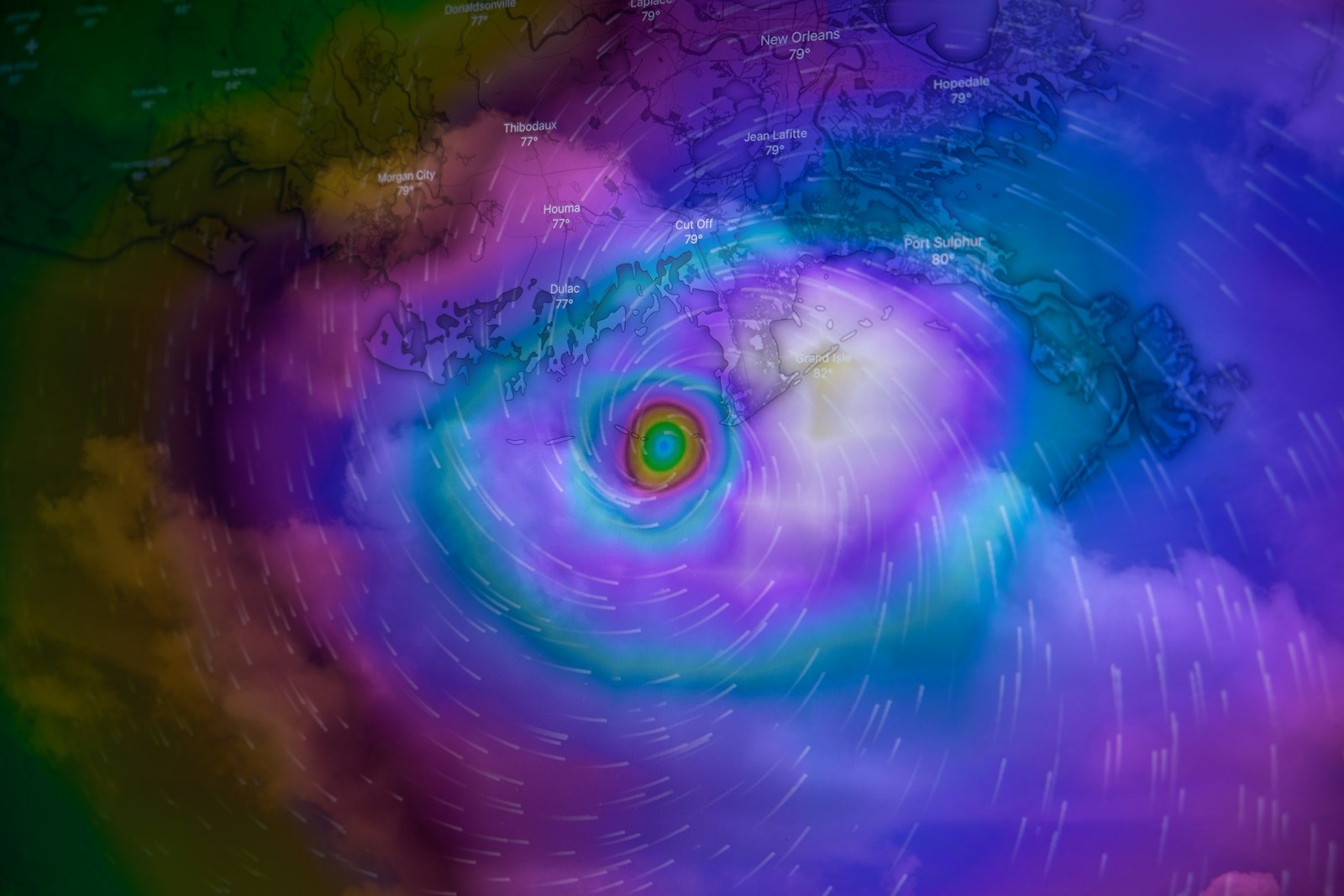As the world continues to grapple with the ongoing COVID-19 pandemic, another potential threat looms on the horizon: the H5N1 avian influenza virus. While not as widespread as COVID-19, H5N1 poses a significant risk to public health, and experts are working hard to monitor and contain its spread. In this article, we will explore the latest developments in the fight against H5N1, and examine how experts are working to mitigate its risks.
Table of Contents
ToggleWhat is H5N1?
H5N1 is a type of avian influenza virus, which primarily affects birds. However, it can also be transmitted to humans, and in some cases, can lead to severe respiratory illness and even death. The virus was first identified in 1997, and has since caused several outbreaks in Asia, Africa, and Europe.
Why is H5N1 a concern?
H5N1 is a concern for several reasons. Firstly, it has a high mortality rate among humans, with an estimated 60% of those infected dying as a result of the virus. Secondly, it can spread rapidly from birds to humans, and has the potential to cause a pandemic if it mutates into a form that can be easily transmitted between humans. Finally, there is currently no vaccine for H5N1, which means that containment and prevention measures are the only means of combating its spread.
The latest developments in the fight against H5N1
Experts from around the world recently gathered to discuss the latest developments in the fight against H5N1 at the Global Influenza Strategy Meeting in Geneva. The meeting, which was attended by representatives from the World Health Organization (WHO), the Centers for Disease Control and Prevention (CDC), and other international organizations, focused on strategies for preventing and controlling the spread of the virus.
One of the key topics discussed at the meeting was the importance of surveillance and monitoring to detect outbreaks of H5N1 early. Experts stressed the need for countries to improve their surveillance systems, and to share information and data on the virus to facilitate early detection and response.
Another important aspect of the discussion was the need for effective communication strategies to raise awareness of the risks posed by H5N1, and to educate the public on prevention and control measures. Experts emphasized the importance of accurate and timely information, and the need to build public trust and confidence in the measures being taken to contain the virus.
Finally, the meeting also discussed the importance of research and development in the fight against H5N1. Experts stressed the need for continued investment in research on the virus, including the development of new vaccines and treatment options.
Conclusion
H5N1 remains a significant threat to public health, and experts around the world are working hard to monitor and contain its spread. Through improved surveillance and monitoring, effective communication strategies, and continued investment in research and development, we can hope to mitigate the risks posed by this deadly virus. However, it is essential that we remain vigilant and proactive in our efforts to combat H5N1, in order to prevent a potential pandemic and protect public health.







3 thoughts on “Combating H5N1: Latest Developments in Global Efforts to Contain the Avian Influenza Virus”
Pingback: H3N2 Update: India Reports Multiple Cases and Deaths
Pingback: What You Need to Know About the Rare and Deadly Powassan Virus - Sustainability Awakening
Pingback: Avian Influenza on the Rise: Alarm Over Pandemic Threat